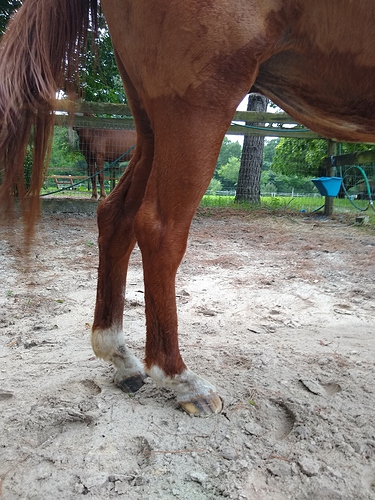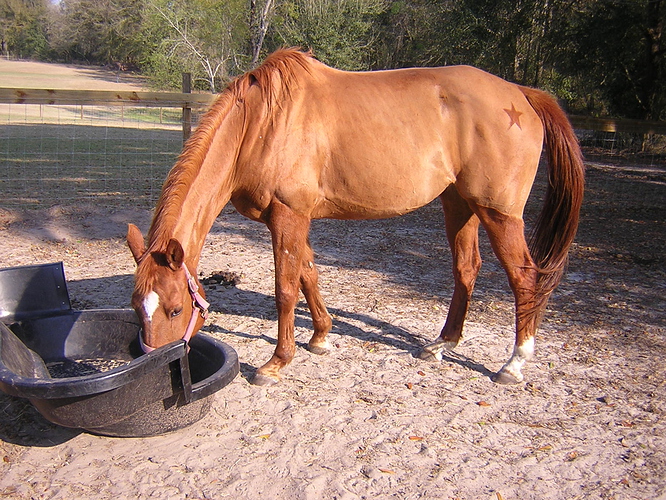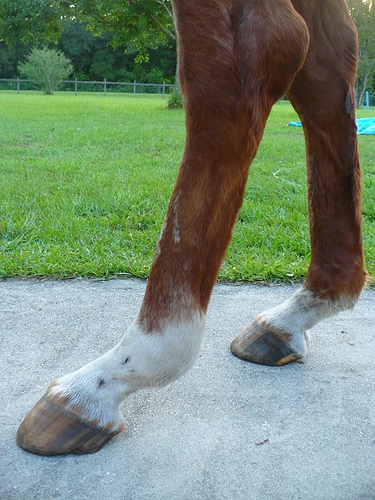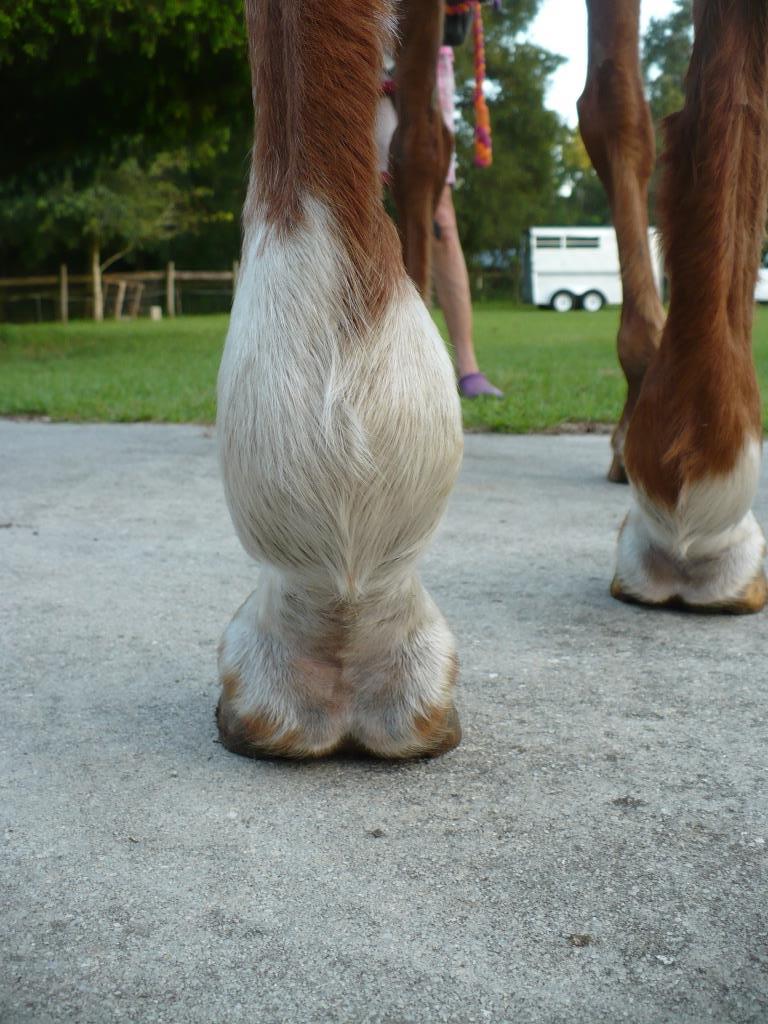Given the number of breeders using breeding stock with multiple major conformation flaws, this should’t surprise anyone 
One of the big problems with DSLD (more correctly called ESPA because it’s a systemic issue, not just about the suspensories) is that it often doesn’t show up until later in life, sometimes an injury DOES trigger it, and by then they have had multiple foals.
And until there are actual changes, you can’t biopsy for it, so can’t say that a 3yo has it, if symptoms are years down the road 
I’d always want to see a younger pic of a mare in question. Straight hocks can lead to non-dsld suspensory desmitis, and the end result can look mostly the same - straight hocks and dropped fetlocks.
But I agree, there’s a lottttt of hush hush about this and excuse-making with some broodmares and stallions that it’s “just age”, or “there was an injury”.






